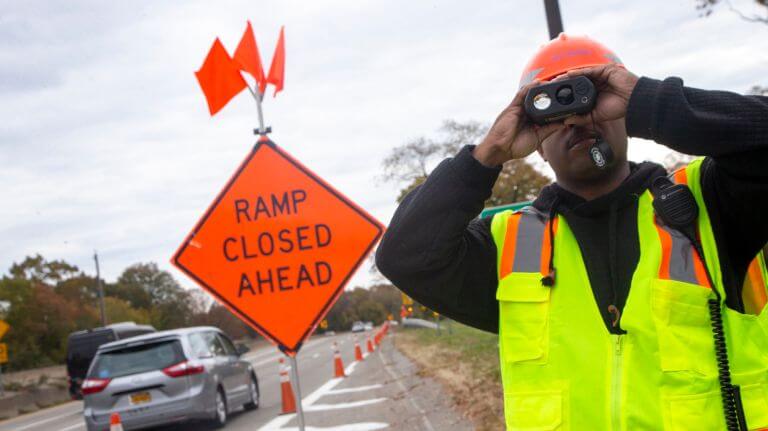
Overview of Move Over Laws in Georgia
The Move Over Law was enacted in response to a rising number of fatalities among police, firefighters, EMTs, and DOT workers during routine traffic stops, crash responses, and highway construction projects. Violators of this law may face fines up to $500 per incident.
Understanding the Move Over Law in Georgia
The Move Over Law was enacted in response to a concerning surge in fatalities among our frontline heroes, including police officers, firefighters, EMTs, and DOT workers. These dedicated professionals were facing increased risks during routine traffic stops, crash responses, and emergency and utility vehicles and highway construction projects. The legislation aims to protect these essential workers by imposing strict requirements on motorists when approaching stationary emergency vehicles with activated lights.
Approaching Authorized Emergency or First Responder Vehicles: Safety Measures
- Lane Change: When encountering an authorized emergency or first responder vehicle with flashing lights on the road, promptly and safely execute a lane change to an adjacent lane if available.
- Speed Reduction: If changing lanes is not feasible due to traffic or other constraints, drivers must reduce their speed to a reasonable and proper speed below the posted speed limit while passing the stationary emergency vehicle.
These steps, mandated by Georgia’s Move Over Law, are crucial for ensuring the safety of emergency personnel and other road users. By following these measures, drivers contribute to the creation of a protective buffer zone existing safety and around the emergency scene, minimizing the risk of accidents and prioritizing the overall safety of the roadway. Vigilance, caution, and compliance with these guidelines are essential for upholding the law and supporting those dedicated to public safety.
Ensuring the Safety of Emergency Responders
The law requires drivers to take immediate action when encountering a stationary authorized emergency vehicle, including police cars, fire trucks, and ambulances, with their emergency lights flashing. Motorists must either execute a lane change to provide a buffer zone for motor vehicle or reduce their speed to a reasonable and proper speed below the posted speed limit.
Extending Protections to Various Vehicles
This crucial legislation extends beyond traditional emergency vehicles. Passing tow trucks, highway maintenance vehicles, and other utility vehicles or service vehicles displaying flashing lights or traffic cones also fall under the purview of the Move Over Law. Violating these provisions may result in fines up to $500 per incident, highlighting the gravity of adherence to these rules.
Safety Measures for Sanitation Workers and Cyclists
The law requires drivers to exercise the same caution when passing active law enforcement officers, sanitation workers and sanitation vehicles with flashing lights. In such instances, motorists must either change lanes or decelerate to a speed at least 10 MPH below the posted speed limit or down to 25 MPH, whichever is greater. Moreover, Georgia law extends protection to bicyclists, emphasizing that motor vehicles must yield to cyclists in designated bicycle lanes.
Legal Implications and Consequences
It is essential for drivers to understand that violating the Move Over Law carries both criminal and civil liability, with potential fines reaching $500 per incident. The legislation underscores the responsibility of drivers to protect those who work tirelessly to ensure public safety on our roads.
Applying Caution and Respect for Emergency Vehicles
Law requires drivers to exercise the same level of caution when approaching active emergency vehicles as they would for emergency vehicles engaged in routine tasks. This includes taking the necessary steps to ensure a lane change or adjusting speed to a reasonable and proper speed below the posted speed limit. The emphasis on safety extends not only to the protection of emergency responders but also to fellow motorists and road users.
Move Over Law Conclusion
Georgia law extends protection to bicyclists, stipulating that motor vehicles must yield to cyclists in designated bicycle lanes. Additionally, when overtaking and passing a bicyclist traveling in the same direction, motorists are urged to maintain a minimum distance of three feet, ensuring the safety of both parties on the road.
Ride Safe!
Sharing is caring:
